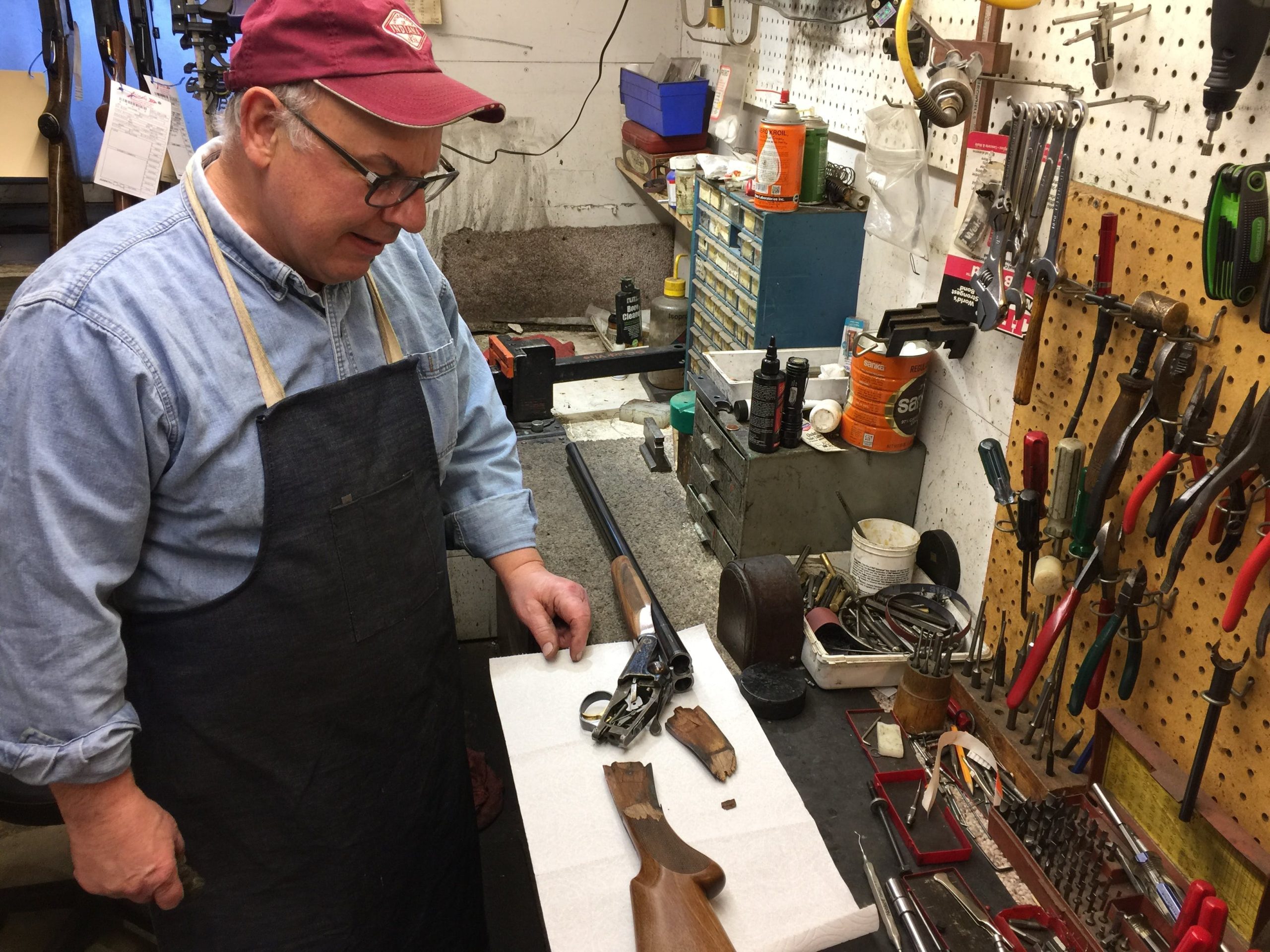The art of gunsmithing is an age-old craft that has been instrumental in the development of American history and culture during this period. Gunsmiths have played a crucial role in the provision of firearms that are specifically fitted to the requirements of the American people from the earliest days of colonization till the current day. In this article, we will delve into the rich history and evolution of gunsmithing in America, highlighting key points that have marked its journey.
Colonial Beginnings
The roots of gunsmithing in America can be traced back to the early 17th century when European settlers arrived on American shores. Firearms were essential tools for survival in the wilderness, and gunsmiths played a crucial role in providing settlers with muskets, rifles, and pistols. These early gunsmiths often worked in small shops or as itinerant craftsmen, producing firearms with simple tools and techniques.
The American Revolution
The American Revolution marked a turning point in the history of gunsmithing. American gunsmiths played a pivotal role in producing muskets and rifles for the Continental Army. The Kentucky Long Rifle, known for its accuracy and range, became an iconic American firearm of this era. Gunsmiths like Samuel Colt and Eli Whitney also made significant contributions to firearms innovation during this time.
Westward Expansion
As America expanded westward, so did the need for reliable firearms. Gunsmiths were in high demand on the frontier, where settlers relied on their skills to repair and customize their weapons. This period saw the emergence of innovative firearm designs, such as the Hawken rifle, well-suited for hunting and protection against Native American threats. In the modern era, the tradition of gunsmithing continues to thrive, and you can explore this rich heritage through online resources at https://americangunsmithinginstitute.net, which offers comprehensive education and training in gunsmithing.
The Industrial Revolution
The mid-19th century marked the beginning of the industrial revolution in America, which had a profound impact on gunsmithing. Mass production techniques were introduced, allowing for the creation of firearms on a larger scale. The Springfield Armory, established in 1794, became a major center for producing standardized firearms for the U.S. military.
The Civil War
The Civil War witnessed a massive demand for firearms, leading to a surge in gun production. Gunsmiths played a vital role in repairing, maintaining, and improving weapons for both Union and Confederate forces. Innovations like the Spencer Repeating Rifle and the Colt Army Model 1860 revolver changed the face of warfare during this period.
Post-Civil War Era
After the Civil War, the gunsmithing trade continued to evolve. The Winchester Repeating Rifle, introduced in the late 19th century, became an iconic firearm associated with the American West. The rise of cowboy culture and the expansion of the firearms industry led to the development of a wide range of handguns and long guns.
20th Century Advancements
Innovations in weaponry occurred at a dizzying rate in the twentieth century. Gunsmiths adapted to the changing landscape by specializing in customizations, repairs, and modifications of both military and civilian firearms. The emergence of semi-automatic and automatic firearms, along with innovations like the M1911 pistol, marked significant milestones in the history of American gunsmithing.
Contemporary Gunsmithing
In the 21st century, gunsmithing continues to evolve. The focus has shifted towards precision craftsmanship, customization, and the use of modern materials and techniques. Gunsmiths today work on a wide variety of firearms, from traditional rifles to cutting-edge tactical weapons. They play a crucial role in ensuring firearm safety, accuracy, and compliance with laws and regulations.
Conclusion
The history and evolution of gunsmithing in America is a fascinating journey that reflects the nation’s growth, challenges, and innovations. From the early days of colonial gunsmiths crafting muskets to the modern era of specialized gunsmithing shops, this craft has adapted to changing times while preserving its core principles of craftsmanship and expertise. As long as firearms continue to be a part of American culture, gunsmiths will remain essential guardians of this rich and evolving tradition.

